#also including that although I always use } as my ) in smily faces
Explore tagged Tumblr posts
Text
"'why does everyone assume it's always about sex' looks at the narrator" Neil says, looking directly into the screen.
Neil really out here calling out the fuckers (cough probably twitter omg who said that-) who just think Astarion is all 'lets fuck ;}' and doesn't even try to have moments outside of that and I'm HERE for it.
#bg3#baldurs gate 3#astarion#astarion ancunin#the HR dnd session is SO cool#Devora headcanons gith ears to flick when annoyed;;;; gith are like kittycats#im almost at the end so I had to pause to get all my current thoughts out#I LOVE the idea of Gith being a little catlike though. Mark (the DM) asked if she had full control over the ears#but got no response as they were talking over eachother#so I'm gonna say that they don't have control#ogugoh. the small detail that I'll certainly use if I ever write something with Lae'zel in fr.#also gets me thinking about other dnd stuff for my sessions;;; hellyea#also including that although I always use } as my ) in smily faces#astarion also does this to me because its like fangs :}#a sick little smile in his eyes even
238 notes
·
View notes
Photo
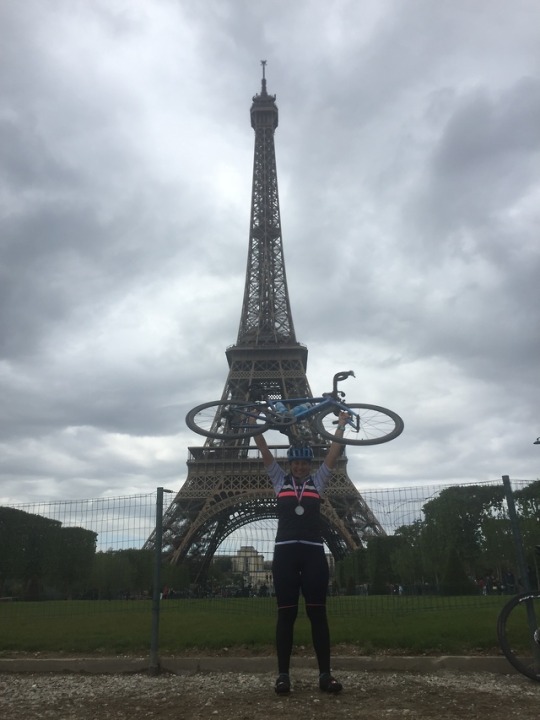
Investigation and diagnosis
The road to Paris
When I awoke at about 2am on the morning of May 4th, it wasn’t in excitement and anticipation that I was just a few hours later going to embark on the feat of endurance that is cycling from London to Paris within 24 hours as part of Challenge Sophie’s annual event. No, I awoke in agony with crippling pain in my right hand. I couldn’t form a fist without shooting pain and instantly felt a wave of anxiety flood over me. Not only did I wonder what was wrong with me, but I felt an immense sense of panic. How the hell was I going to cycle 200 miles with limited use of one hand? I was not just worried about the pain, more how would I handle the bike, grip the handlebars, and most importantly brake! I jumped out of bed and ran down to the kitchen to consume pain killers and anti-inflammatories and find a Rapid Ice to stick my hand into.
A few hours later Tom and I were on the train bound for the start line at Blackheath. The train was packed; standing room only, with our bikes precariously packed into the overcrowded carriage and my face crumbling in pain every time I was forced to grab the hand rail to hold on. I decided the best strategy was to keep moving my hand to avoid it seizing up further and gradually over the course of the day the pain abated.
Once the ride got underway the concern about the pain began to lift (in part because it did), mainly as we were confronted with unbelievable weather for the first May bank holiday weekend - torrential rain, followed by vicious hail and our fair share of strong winds - it was going to be challenging I appreciated, particularly as this was a last minute decision for me to join the ride, and had done no training, but this turned into a harrowing four hours on the first day. What on paper should have been a straightforward, and by our standards easy ride, was proving far from it.
Arriving at Newhaven heralded an enormous sense of relief, the chance to consume copious amounts of carbs (a favourite hobby of mine, and probably the one I excel at the most) and most importantly change into clean and dry kit and begin the next challenge of drying out shoes and staying warm, not to mention trying to sleep on the five hour ferry crossing.
The morning of May 5th began in earnest with us joking that the predicted bad weather was nowhere to be seen. Gathering before dawn to start pedalling again, there was an atmosphere of sleep-deprived, good-natured hysteria. Little did we know that within seven miles the first freezing cold rain would begin, quickly followed up with a chaser of yet more ice-cold and truly vicious hail. Thank goodness we were part of a peloton of 120 riders who had made a pact to cycle the first 30 or so miles to breakfast as a group. Yes, it meant the pace was slower than maybe we would have liked given the conditions, but I genuinely don’t know if either of us would have kept going if we’d done this as an independent duo - we’re tough, but this reduced even the hardiest of riders to teeth-chattering wrecks (personally I blame the previous year’s participants, including Tom, for bitching about how they endured the start of the 2018 heat wave). At the breakfast stop (after what seemed like an eternity of riding) Tom and I stuffed as much food and coffee into ourselves as possible and tried to get warm (an impossible task, it turned out). I genuinely wondered if we should continue, I was particularly worried about Tom with his lack of corporeal padding, but on we went and eventually we made it to the Eiffel Tower with time to spare - 37 minutes to be precise. It had been hard, the weather and fatigue had been a challenge, but all pain had evaporated, or at least been replaced with the general ache of long days in the saddle and the effects of having been unbearably cold.
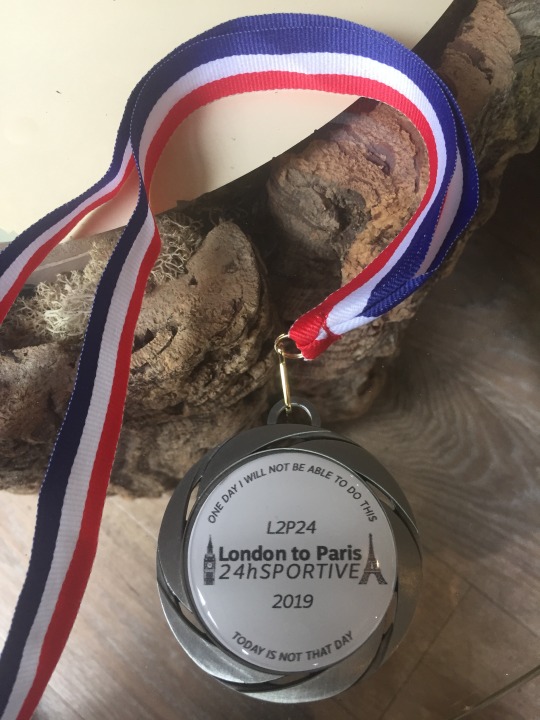

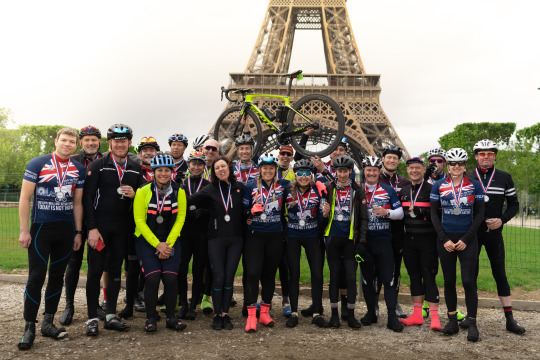
The road to diagnosis
I forgot about this weird hand pain and continued on my merry way, enjoying an immersive new job and putting my ever-growing tiredness down to spending nine hours a day at a desk staring at a computer screen, and my lifestyle transforming overnight from relatively active to largely sedentary. And then it happened again. About two weeks after the first attack, I was once again seized in the middle of the night by the same pain - overtaking my hand and wrist. It remained for the next 48 hours or so before my left hand began to hurt, although along the edges of my palm and wrist rather than the fingers and knuckles of my right hand. It struck me, it must be carpal tunnel. I knew it was something that tends to get progressively worse before you often need to resort to a surgical fix. A request for diagnosis from a couple of doctor friends over a drink in the pub one night, confirmed my Google self-diagnosis.
Sitting 36 hours later in a consultation room with a locum GP he told me it definitely wasn’t carpal tunnel and instead it sounded more like arthritis. He proceeded to unsuccessfully try and print off a request for blood tests and a prescription for anti-inflammatories to keep me going until the results came back. His inability to work the printer and the fact he didn’t agree with my Google-formed opinion (or that of my friends) instantly made me decide that I couldn’t trust this opinion (another doctor friend has since told me he is one of the best doctors around!). I am 29 years old, eight weeks away from my 30th birthday. I cannot have arthritis. So I duly trotted off to St Richard’s for a blood test the following Tuesday, and cracked on with the day to day.
Within 48 hours I received a phone call from the surgery; my usual GP would like to see me to discuss my test results. It didn’t need to be an urgent appointment, I was told, and so I assumed that the results had returned nothing and further investigation was needed. Nearly two weeks later I endured a 40 minute wait to see the Dr and safely ensconced in her office, she broke the news I had least expected to hear, and wanted to hear even less. At the age of 29 and now six weeks before my 30th birthday, the blood results showed I had arthritis. The tears came quickly, yet silently and trickled down my cheeks as it dawned on me what this could mean. My lovely, warm-hearted, good-humoured GP who has counselled me through so much over the past six months and has seen me transformed from an anxiety-ridden shell unable to speak back to a smily, bouncy, positive person told me not to get ahead of myself. Yes, it was highly unlikely I would be able to run the ultra-marathon I had only a couple of weeks before set my sights on. Yes, it was now a case that I would be medicated for life and have to practice damage-limitation to avoid any further degeneration of my joints. But, I could cycle, I could swim, do yoga, pilates and consider diet adaptions to keep the inflammation under control. The two of us quickly established that it was best for her to refer me to the rheumatology department at our local NHS hospital, but also to see a consultant who practised at the local private hospital so that I would know where I stand sooner rather than later.
You see, yes I can cycle. Cycling is in fact seen as one of the best activities for those living with arthritis. But is the cycling I choose to do going to be encouraged. Is powering up a 15% hill as hard as I can ok? Is putting everything into a sprint to beat my big brother to the coffee shop ok? How about a 2 week long endurance ride akin to the LEJOG challenge I completed last summer going to ruin me, or make me thrive? How about a week climbing in the Alps, Dolomites or Pyrenees? Or a 24 hour endurance challenge such as the one I completed when this whole sorry saga began?
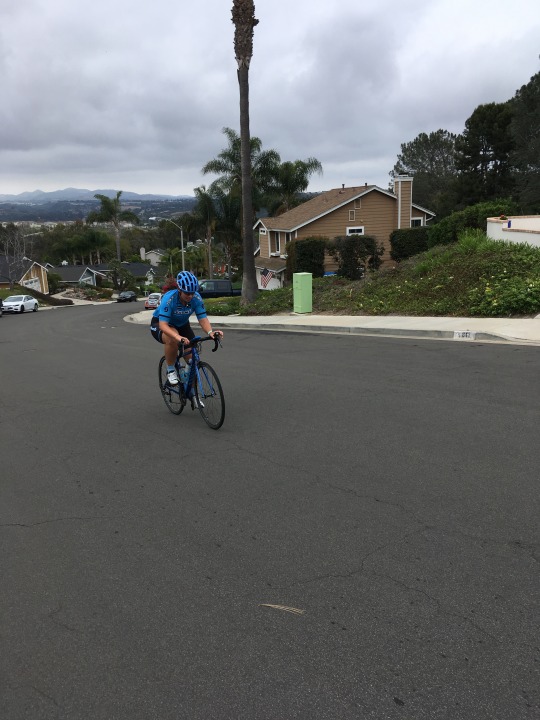

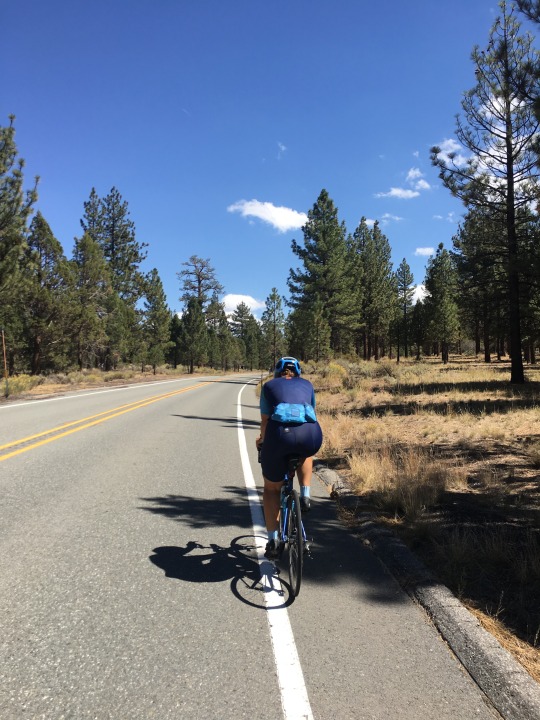
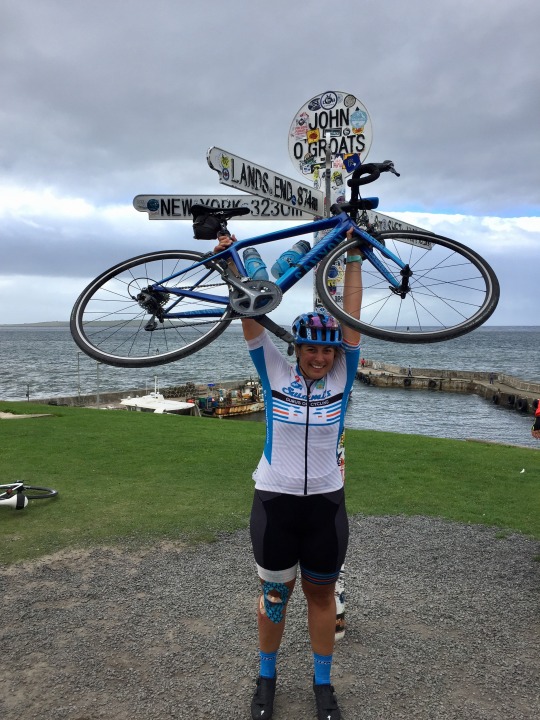
For those who know me even a little, they know that physical challenges are how I survive life. How I feel truly alive. Challenging myself physically, not knowing if I’ll complete it until the last millisecond, that is how I not only get my kicks, but keep my anxiety and greatest fears at bay and build confidence and belief in myself; something that only a few months ago had been eroded to non-existence. We often see such challenges and achievements as something to be celebrated; a sign of mental toughness as well as physical toughness. The other day someone who has endured hundreds if not thousands of miles pedalling next to (or more accurately in front of me) sent me a message saying: “you tend to push yourself very hard physically. I’ve observed many people in this regard, and your intensity is among the very best (worst?) I’ve seen.” Suddenly, someone whose opinion I had valued so much and who had always made me think that this commitment was a good thing, made me re-evaluate myself. Had I pushed too hard? Had I broken myself? Was I to blame for this?

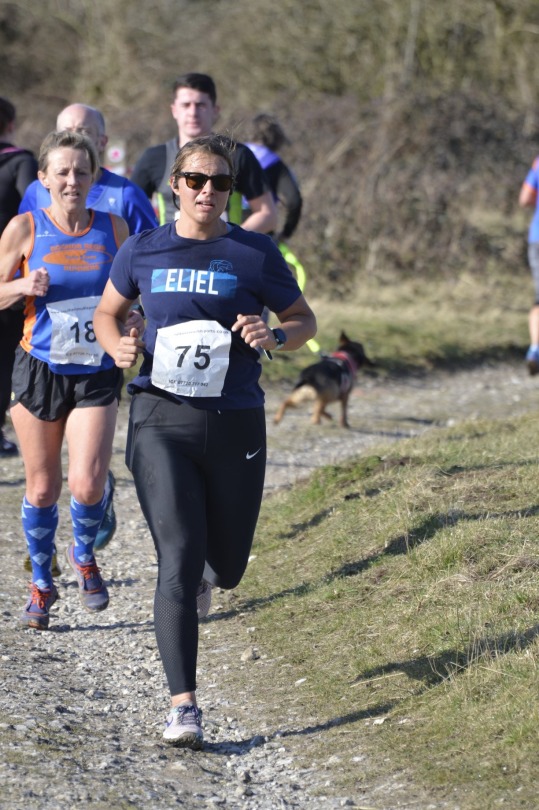
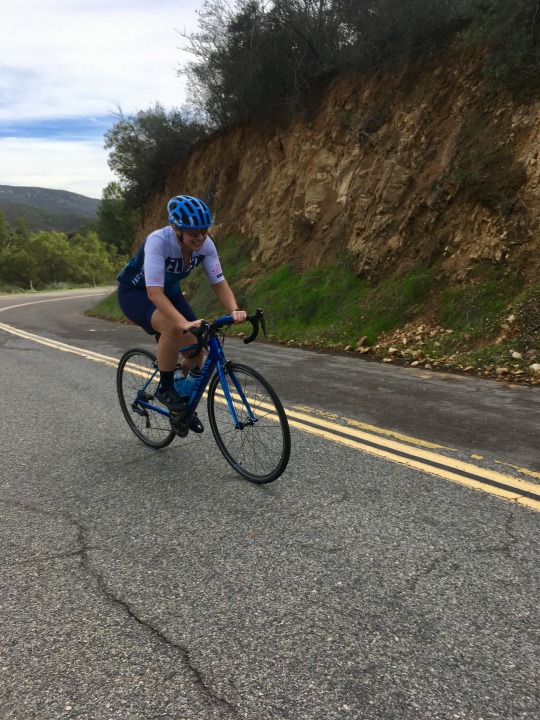
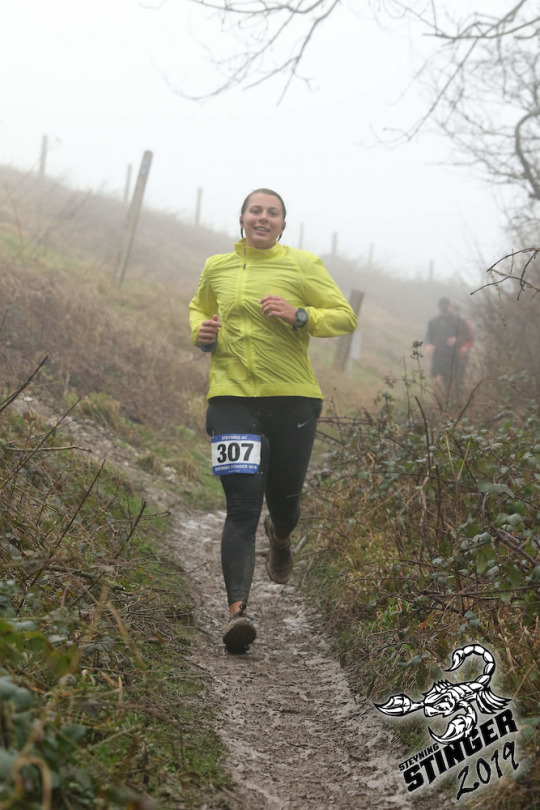
Today, almost six weeks to the day since my symptoms began and five weeks before my 30th birthday, I met by consultant, Sanj. After he quizzed me on my symptoms, he came up with the analogy of me recounting my experience so far as akin to a Beatles song coming on the radio (familiar and instantly recognisable to him): there was no doubt in his mind that I had inflammatory (or rheumatoid) arthritis. Again those silent tears sprung a leak. I guess I had this hope that he would disagree with the GP, say it was a one-off virus and nothing to worry about. No such luck, the exhaustion I feel is genuine, the pain in my elbow is not all in my head, it’s in fact totally swollen, the excruciating pain I have in my shoulder today is really there, and yes, it is why I feel physically sick - I’m a classic case; not worrying unnecessarily, I will feel like crap right now and it’s right I feel anxious and fearful for the future. He had a clever knack of giving me as much information as he felt was necessary but knew not to overload me or what could wait until we met again. I won’t know for another couple of weeks what the long term treatment will be, or what my most recent test results will suggest in terms of prognosis, but I do know that it will be a case of adaptation, ‘disease limitation’ and living life by evaluating truly how I feel each day. It might mean that sometimes the best laid plans will fall to pieces at the last minute, or I may even complete an unplanned challenge on the spur of the moment because I feel good. And that is going to be my biggest mental barrier to overcome. It’s ok to not put yourself under pressure every weekend to get out and put yourself through gruelling challenge, after gruelling challenge - I just need to remember that during my lowest moments.
How often do we say, “Oh I want to do that one day”? Make that day today, you never know what is round the corner. I thought I had years to enter Paris-Roubaix, the Tour of Flanders, cycle the Highland 500, run a marathon, run that ultra-marathon, cycle from the Channel to the Med - suddenly I am a lot less sure.
Keep this in mind: One day I will not be able to do this, today is not that day, but tomorrow could be. Don’t waste a day.
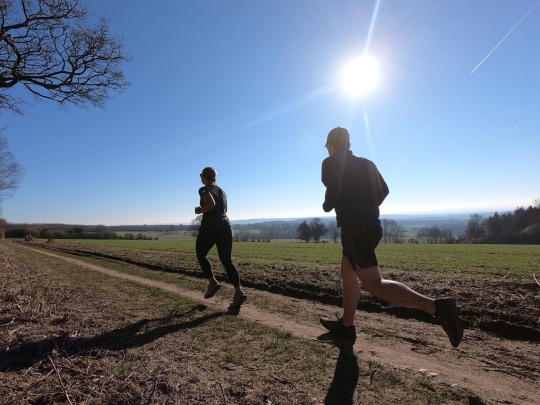
0 notes
Photo

SwiftKey officially unwraps its emoji prediction app
Keyboard app maker Swiftkey, which was acquired by Microsoft for $250 million in February, has officially launched its first product since that acquisition — and it’s an emoji-predicting keyboard app, called Swiftmoji.
We spotted the company’s foray into emoji predictions back in May, when it was running Swiftmoji as a closed beta. The free app is now available for general download on iOS and Android. It only supports English language use for now.
Emoji predictions are crowdsourced, based on Swiftkey’s keyboard usage data, but will also draw on each user’s own emoji preferences over time.
Swiftmoji offers emoji suggestions based on what the user has just typed, with the idea being to speed up the hunt for the perfect visual punctuation to your text — so less swiping through ever-expanding screens of smilies, objects and symbols looking for that elusive French flag, for instance.
The app offers a range of potential emojis, based on your recent text — tapping on one of these will add it to the text. There’s also a feature called ’emoji storm’ which, if you hold down on the ‘Swiftmoji add emoticon key’ will add the entire stack of emoji predictions in one long emotive line. Which is basically the emoticon equivalent of overusing exclamation marks. So will probably give you a very quick way to annoy your friends (depending on your friends).
On the iOS app there’s also a frequently used emoji feature that puts your favorite emoticons one tap away. And a popular screen to surface the trendiest emoji, based on Swiftkey’s usage data. A third screen organizes all available emoji into easy to navigate categories such as people, food & drink, sports and so on.
The Android app is different, as we’ve previously noted, offering a full keyboard replacement (with other Swiftkey features) — with the emoji predictions positioned in a line above the keyboard for quick access. The company says the differences are down to the different frameworks each platform has for managing keyboards.
The iOS app interface is definitely less streamlined/more clumsy, requiring users to tap the Globe key to toggle between whatever text input keyboard they prefer (which might be Swiftkey’s keyboard app or not) and Swiftmoji in order to generate and view the emoji predictions. So it’s more akin to a keyboard plugin.
As with Swiftkey’s other keyboard apps, iOS users are also required to grant ‘full access’ to use the app — which means the company pulls data about emoji usage to feed its understanding of emoji trends (and to power predictions). (For more on iOS keyboard app permissions read my earlier primer here.)
Android users won’t be contributing any intel to Swiftkey’s data banks unless they sign in and opt into additional Swiftkey services, like backup & sync.
Hit and miss suggestions
Testing the app out ahead of launch, the predictions seemed a tad tenuous and/or hit and miss at times. For example, typing ‘viva la France’ did indeed yield the French flag emoji as the first prediction. However the second prediction was the Italian flag. Which it’s hard to imagine being useful.
Typing ‘David Cameron’, the name of the former UK Prime Minister, yielded the crying tears of joy emoji first, followed by rolling eyes emoji, and an unsure face — so was arguably rather more accurate. (Also being predicted here: two pig emojis — click here if you’re wondering why.)
While typing the Spanish city of ‘Barcelona’ included a football among the predictions, as well as the sun emoji, a flamenco dancer and lots of heart/love emojis. So nothing too off piste there.
However the app also threw up some rather skewed suggestions for certain controversial keywords. For example, typing the word ‘nazi’ included some pretty tone-deaf suggestions — such as the kissing face emoji (errr), a thumbs up sign (hmm), two hands high fiving (ummm) and an American flag (… ).
While typing the word ‘feminists’ included the crying tears of laugher face, the sleeping face, the unimpressed face, the rolling eyes face, the hmm/thinking emoji and the medical mask face among the predictions. So, on aggregate, a rather negative visual assessment.
Yet emoji predictions for various religions appeared far less negative on aggregate, as if some tweaking of crowd-powered suggestions was going on behind the scenes — e.g.:
A spokeswoman for Swiftkey’s owner Microsoft confirmed the company has “worked to reduce the chances of anyone using Swiftmoji to be caused offence from the emoji predictions suggested”, but she added that it would not be editing people’s own use of emoji — so any enforced tweaks will likely mainly apply to initial predictions. Usage of the app over time will feed it with your own emoticon preferences/prejudices.
“We have a responsibility to our users but are still giving people the option to use whichever emoji they like and in whatever way they like,” said the spokeswoman, adding: “Swiftmoji is meant to be a fun and easy way of using emoji — we don’t want to cause unnecessary offence. If you do come across something that you find offensive, please report it to us.”
Evidently Swiftkey has done more work in certain potentially sensitive areas (e.g. religions) than others to ensure its emoji prediction algorithms don’t surface controversial/unpleasant suggestions. So, as ever, the shiny algorithm can absolutely reflect existing social prejudices, including positive discrimination.
Out of curiosity I also tried some real names, and this resulted in a mixed bag of suggestions. TechCrunch editor Matthew Panzarino’s name yielded a string of emoji hearts, a stack of cash, the mischievous ghost emoji and a couple of flags (neither of them American). While my own name included a gun, a pink flower and two girls holding hands — none of which were emoji I’d have suggested for myself. Meanwhile my French colleague Romain Dillet’s emoji predictions ran the gamut of facial emoticons and ended with a lipstick (French?) kiss. So plenty of randomness across the board there, albeit as you’d expect given these are all relatively obscure real names.
The app’s emoji suggestions for famous names came across as more logical, with ‘Taylor Swift’ including various musical note emoji, for example. And ‘Donald Trump’ including the American flag and the poo emoji, as well as a skull, a train (making American great again?), and dual exclamation marks. While ‘Kim Kardashian’ surfaced a bunch of make up emoticons and a princess crown.
Obviously the logic of suggesting emoji is never going to be an exact science. But there are always questions to be asked about the underlying workings of algorithms that will, ultimately, be feeding, shaping and reinforcing opinions.
After all, the design of emoticons themselves have not-so-subtly reinforced social stereotypes — e.g. of gender role by, for instance, depicting female emoji as princesses, brides and having their hair done vs male emoji being detectives, policemen and doctors. So pushing emoticon choices at users at least requires forethought about the perspectives (good and bad) that your technology might be encouraging.
In terms of early learnings from what the spokeswoman described as “a very limited” Swiftmoji beta, she said nearly 60 per cent of emoji entered came via predictions.
While the most popular emoji was the crying laughter face, although she added that the company found people using a wider variety of different emoji when using Swiftmoji vs using SwiftKey.
“We put this down to emoji predictions surfacing emoji users hadn’t come across before,” she added.
0 notes